SupremePunk #072
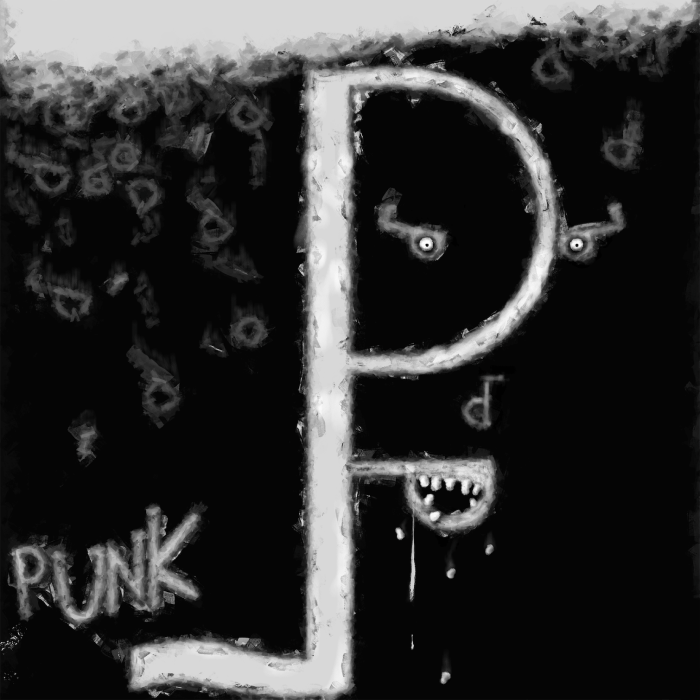
Primordial
This Punk is inspired by Bored Ape #2872 and artworks of Francisco Goya. His macabre painting "Saturn Devouring His Son" is still one of the most frightening paintings in the history of painting. Goya painted it during his ascetic time in "Quinta del Sordo", at which time he produced his darkest paintings. These works were unparalleled in painting at the time. Some were on religious subjects - others on mythological. But for the most part they were tragic creations of the artist's imagination. Goya was not the only artist to address the story of Saturn, but how naive Rubens' work looks in comparison to Francisco Goya's masterpiece. Saturn is the ancient Roman god of agriculture and time, he was once predicted that one of his children would overthrow him and take his place. So Saturn decided to destroy his children in a cruel way by eating them. He ate them all but one, this child turned out to be Zeus, who eventually grew up, became powerful and overthrew his gluttonous father. On Goya's canvas we see the embodiment of madness, no, it's no longer a god at all, it's a crazy old man who is desperately trying to satisfy his hunger. Where, then, does this madness come from in the eyes of the time? But it was also the time in which Francisco Goya lived that was insane. Imagine French occupation, famine, disease and death. It's also an allegory of power, which clings to its throne to the bitter end, which goes to any lengths to achieve its goal.
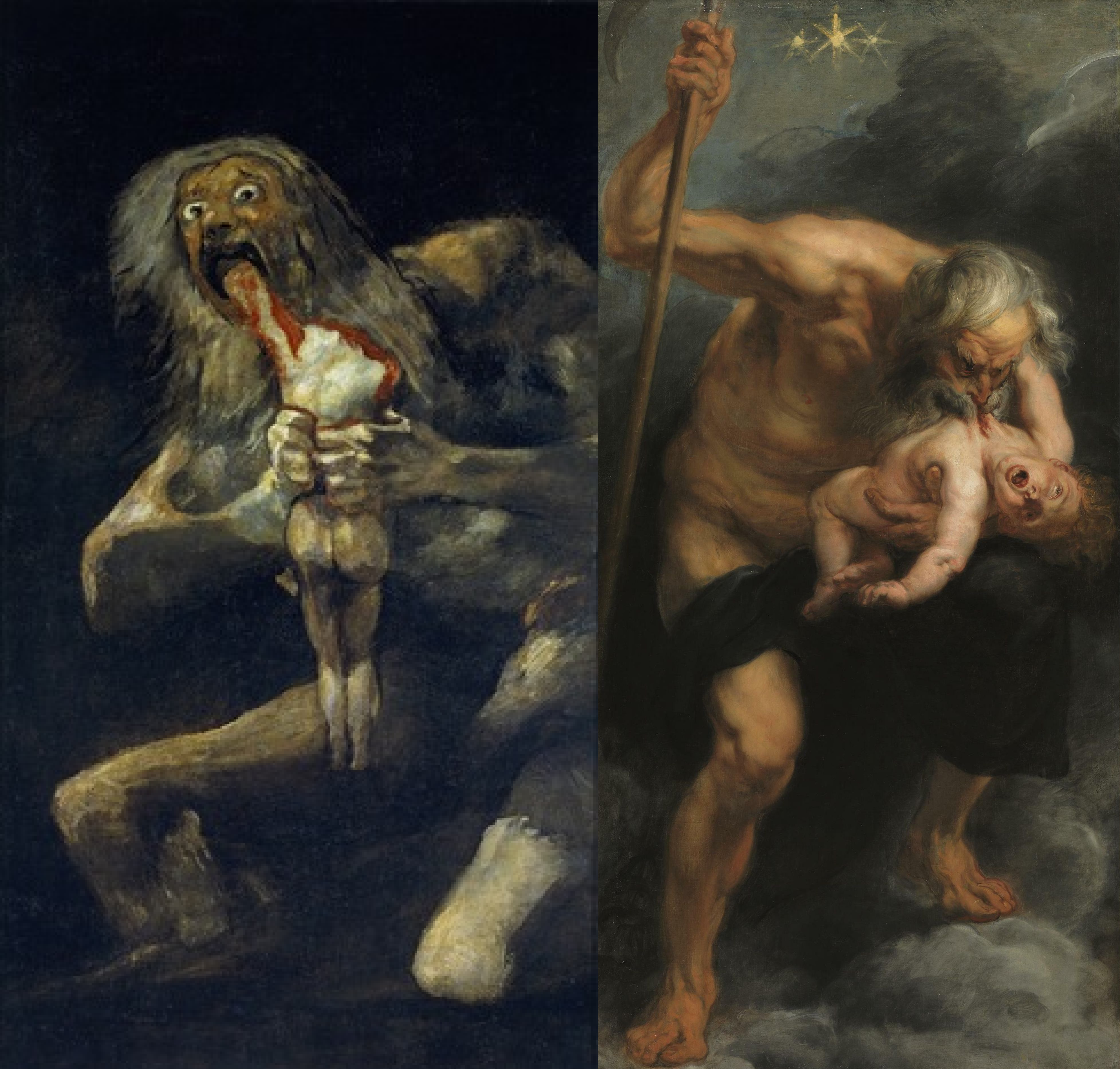
F. Goya — Saturn devouring his son, 1819-1823 (left) P. Rubens — Saturn devouring his son, 1636 (right)
Comparison of Goya and Rubens
Like Saturn in Goya' painting, SupremePunks' work attracts the viewer's eye to the open grinning mouth, which seems to blur with tension. SupremePunk Primordial is unique in the collection, it stands out for its distinctive style and emotionality. The facial features are clearly visible, an image of the human beginning that expresses a range of emotions. The artist's choppy and harsh strokes embody the expression and understatement of the painting. The strokes are like electrical discharges scattering around, creating tension and an aggressive mood.
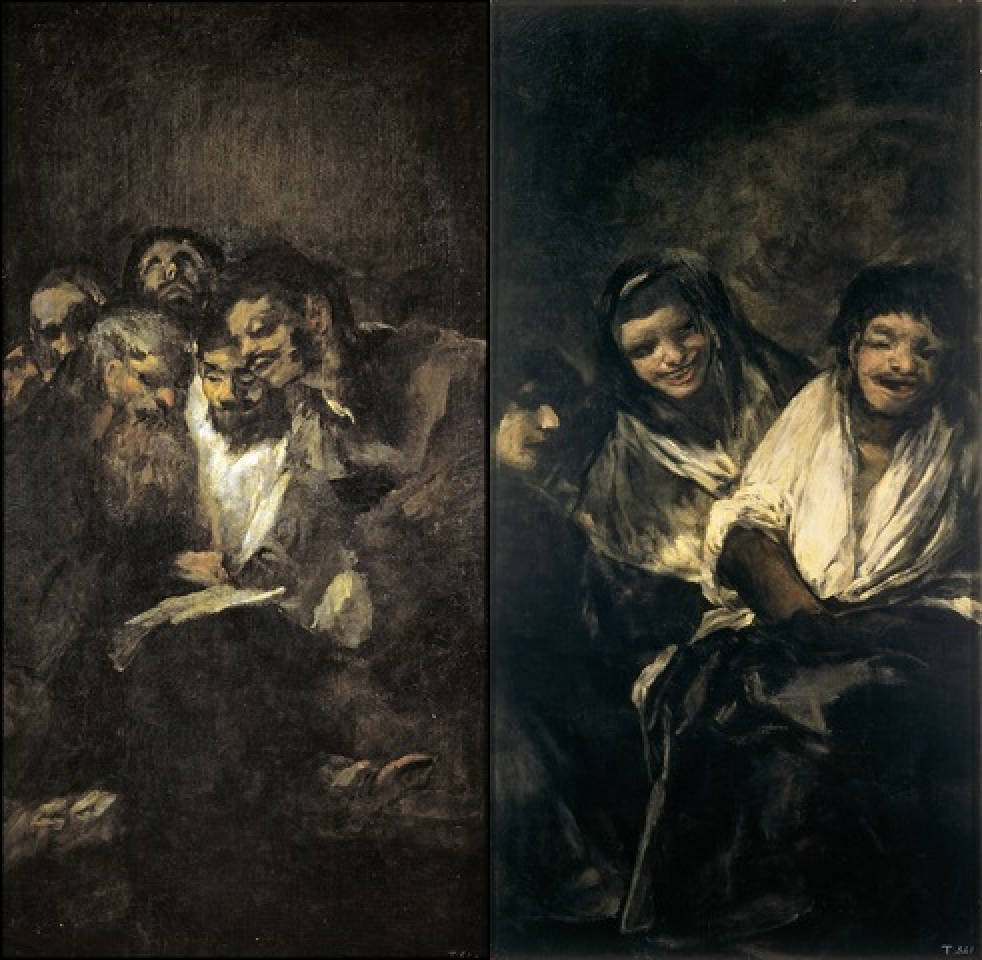
F. Goya — Reading men, 1820 (left) F. Goya — Women Laughing, 1820 (right)
SupremePunk embodies the primal human element, all that is most secret and animal. The contrasting rough strokes show the turned-out ideals and standards of man. The painting's image and facial features can be averse, repulsive or even disgusting. The expressive emotionality is riveting and frightening at the same time. Pablo Picasso masterfully portrayed the most unimaginable human emotions in his monumental work Guernica: horror, despair and remorse. On 26 April 1937 the small town of Guernica was practically razed to the ground by German aircraft. Its destruction and the death of one third of the population was a symbolic murder of the national dignity of an entire people. Picasso was so shocked by the fact of the war that he embodied his anger in a grandiose painting. It was thanks to Picasso that the world became aware of the great tragedy of a small town. Picasso's most famous work is a strong political statement, depicted as an immediate reaction to the destructive force of war. The emotion in the frozen faces makes the blood run cold in the veins.
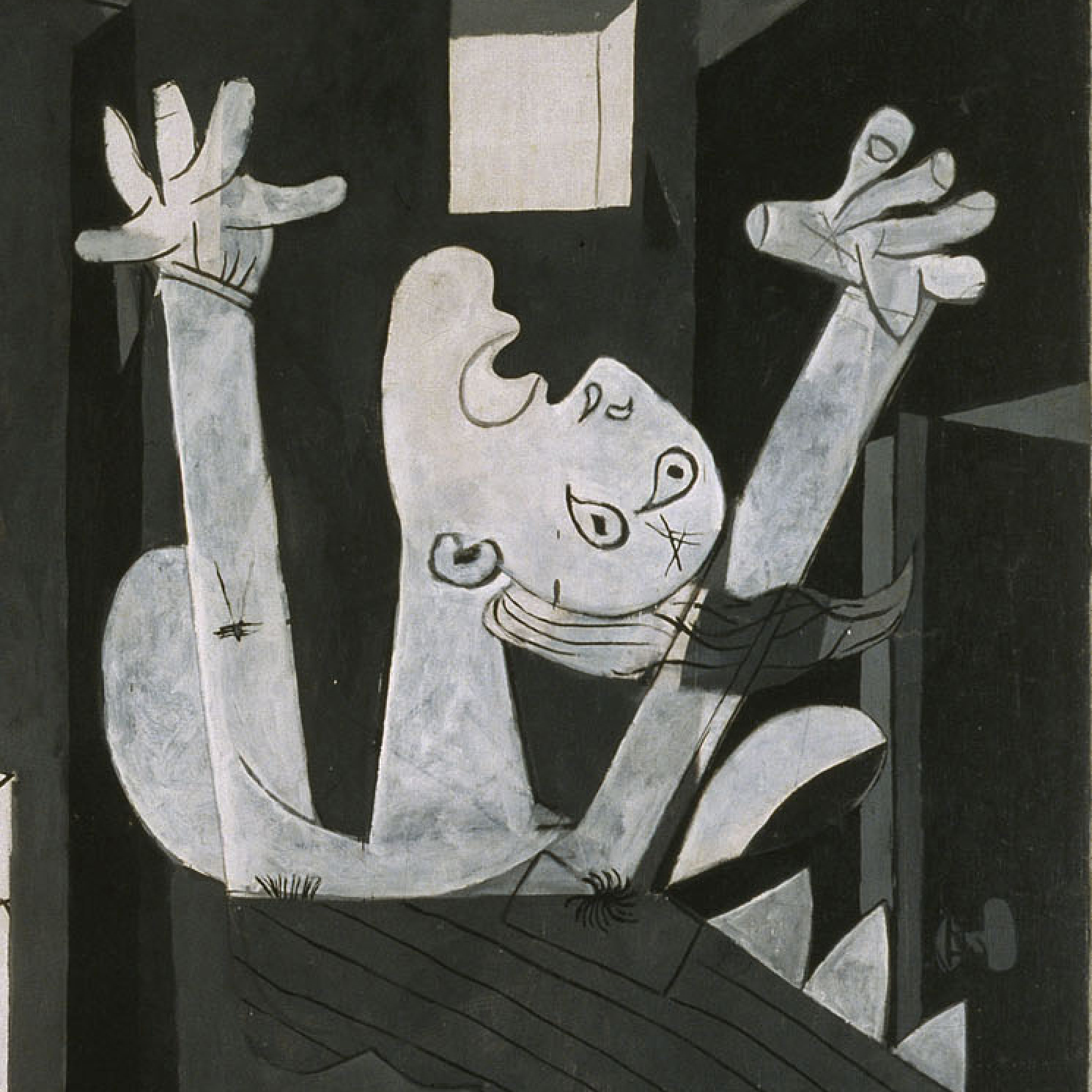
Fragments of the Guernica painting
If we talk about the emotionality of the painting, we can read a lot of emotions - suffering, loss, death, despair - these are themes that are not at all alien to people of art, as we know. For many of them they are the leitmotif of creativity, and the clearest example of this is the expressionist painter Francis Bacon. Bacon was one of those who created his aesthetic using the creepiest and wildest images the human imagination could generate. Interestingly, Bacon's mouth is painted black, as if empty, which is very similar to the famous screaming woman from Battleship Potemkin.
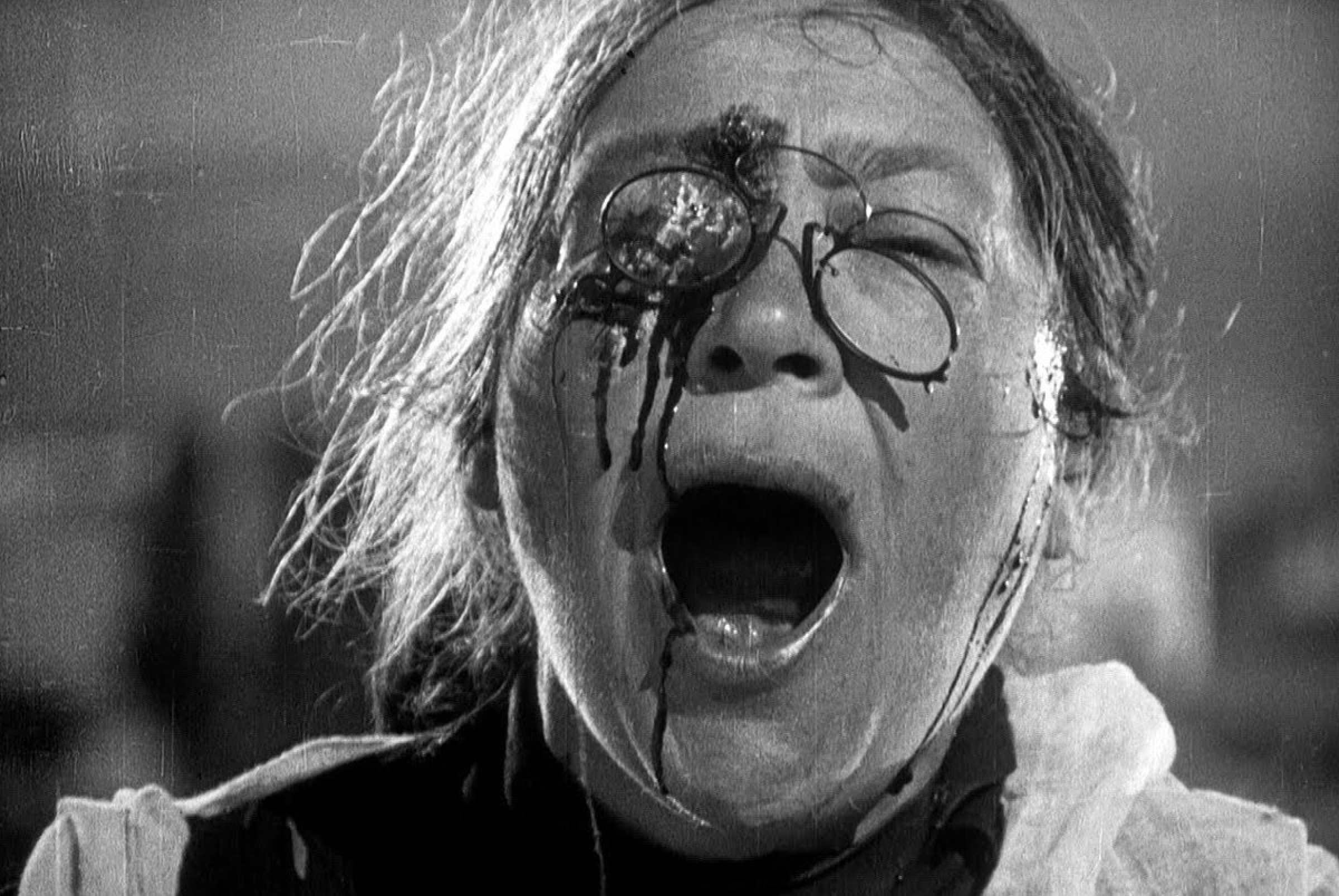
Woman from Battleship Potemkin, 1925
The artist seemed to absorb such macabre details from various spheres of art in order to combine them and create his own image. In particular, it is well traced in the painting "Sketch to a portrait of Pope Innocent X", which is a kind of reinterpretation and transformation of Diego Velázquez' work "Portrait of Pope Innocent X". Among other things, Francis Bacon was fond of triptychs. He favoured them in many of his works. One of the most striking examples is "Three Etudes to the Figures at the Foot of the Crucifixion". At first glance, this is an incredibly eerie composition, but most art historians agree that it is a family portrait. One of the best descriptions of Bacon's ideas was given by the French philosopher Gilles Deleuze: 'In Bacon the cry is the process of the whole body coming out through the mouth'.
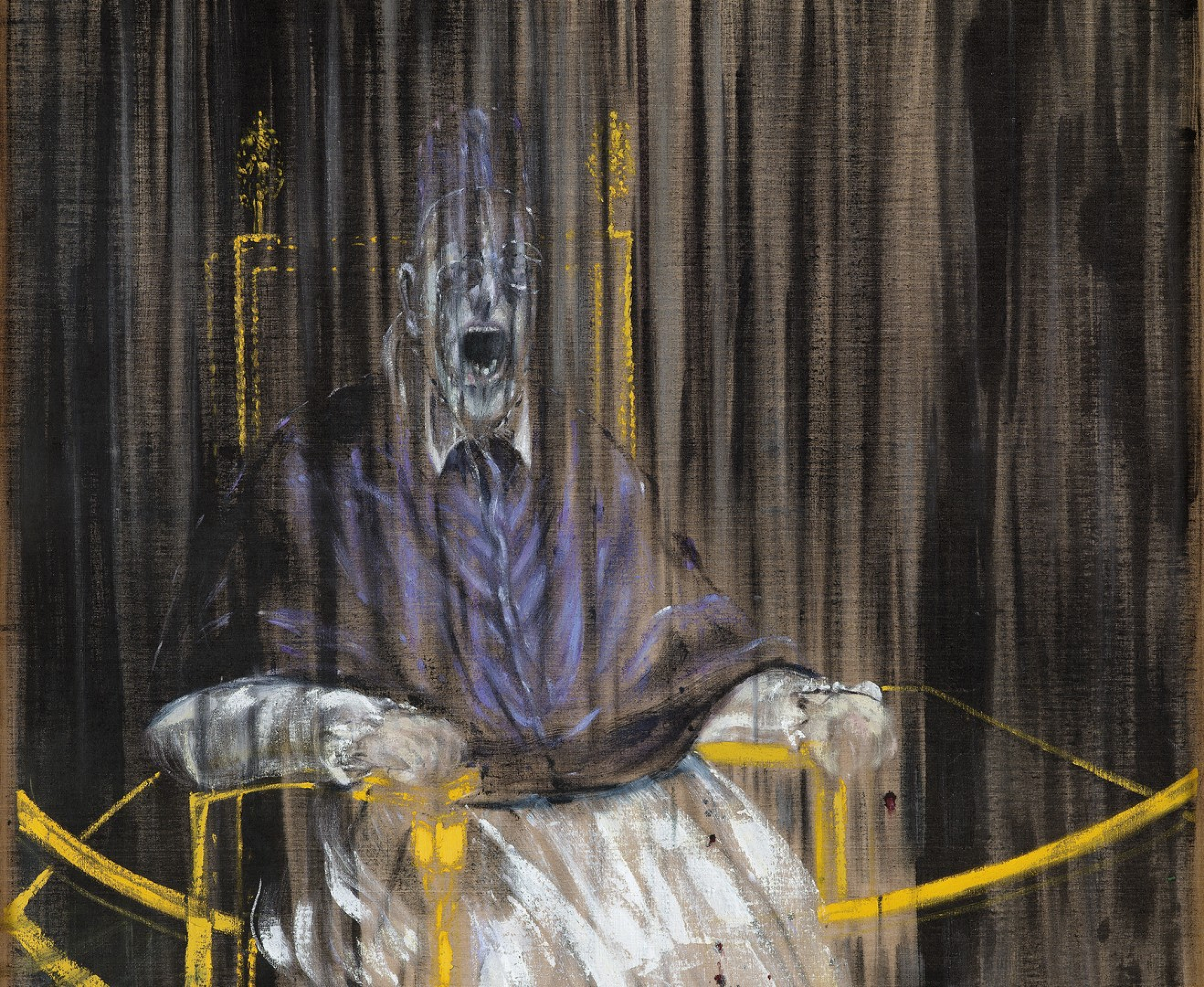
Sketch to a portrait of Pope Innocent X
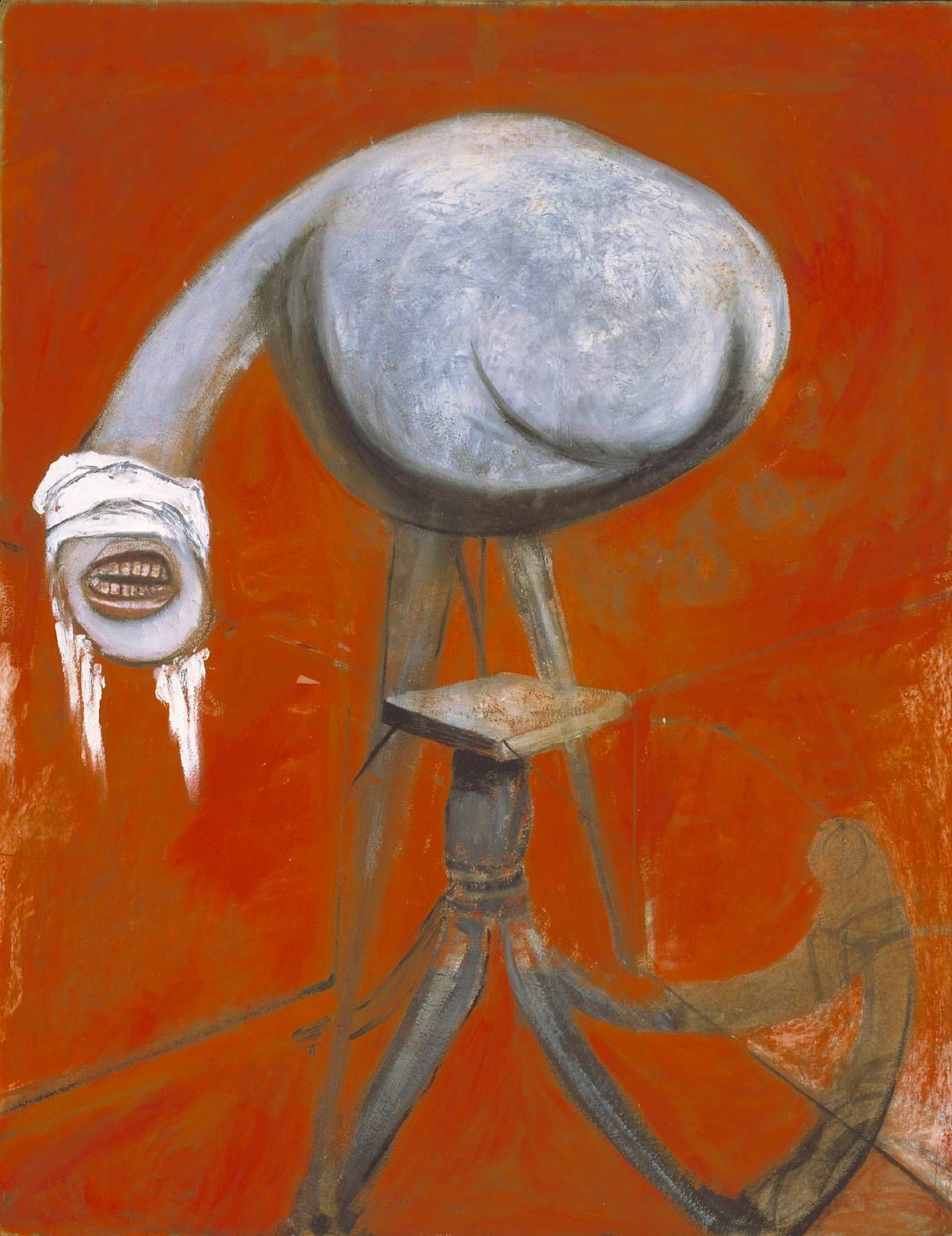
F. Bacon — Etudes to the Figures at the Foot of the Crucifixion, 1944
The creepy grin in the painting could be the same scream as Francis Bacon's. It is a defensive grin that shows despair and pain. The artist's work is like the inner gut of a man who often wants to, but cannot free himself from a barrage of uncontrollable emotions. As for the background, the painting shows a hazy space with blurred letters and images. They come down like rain and pressure from above, building further tension and exacerbating the situation. The artist works with the text as a living substance, modernising it and creating a moment of living speech. The central element of the painting seems to crumble into pieces, showing the transience of emotion.
Jean-Michel Basquiat used words, phrases or simply letters in many of his works. The artist never used text as an art form, for Basquiat it always carries a meaning. Basquiat makes up words, making it difficult to read, which is reduced to the analogy of mumbling. He repeats phrases several times, thereby creating a cry, a questioning and an insistence, the text often becomes a maze, driven by the power of the painting. Text has become the ideal format that has allowed the artist to continually rework it. The peculiarity of our perception is that the letters themselves have an enormous semantic meaning for us, if we understand them as sounds striving to express something. In this way, Basquiat fills the canvas with letters, which do not form a single word or phrase, but which create an informational, semantic field.
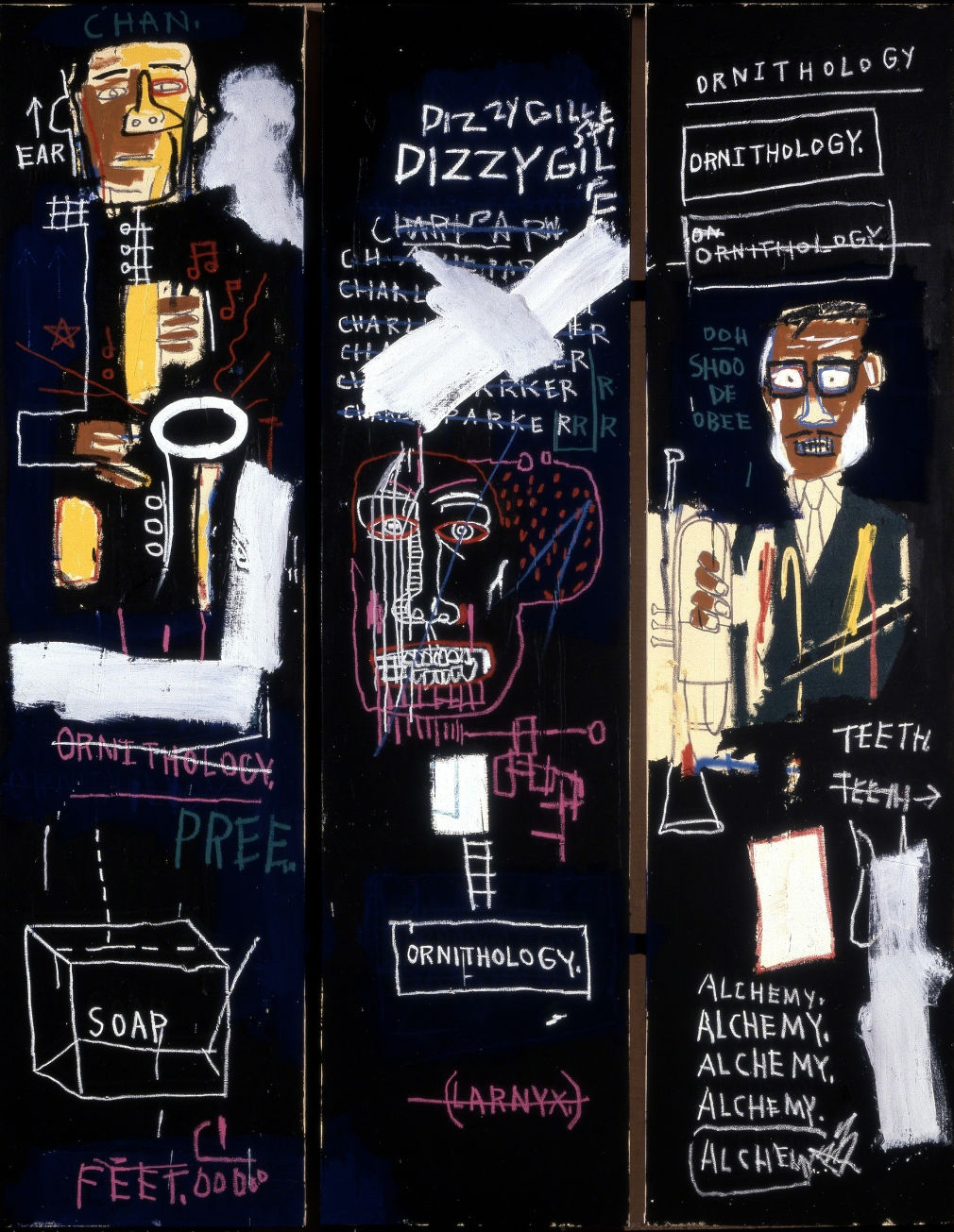
Basquiat — Horn Players, 1983
The aversion to the Punk image may be due to the rejection of anything that shows weaknesses or flaws in a person. However, a judgement based solely on an external component, on a set of factors, is not always rational. A similar theme was raised by the famous director David Lynch in his work. In his famous film The Elephant Man, he shows a man disfigured and desperate. Joseph Merrick's story is all too simple and therefore more monstrous. His journey through life ends with his discovery of himself, his victory over his animal nature, and in this, perhaps, lies the meaning of life. To remember one's human dignity, regardless of external circumstances.
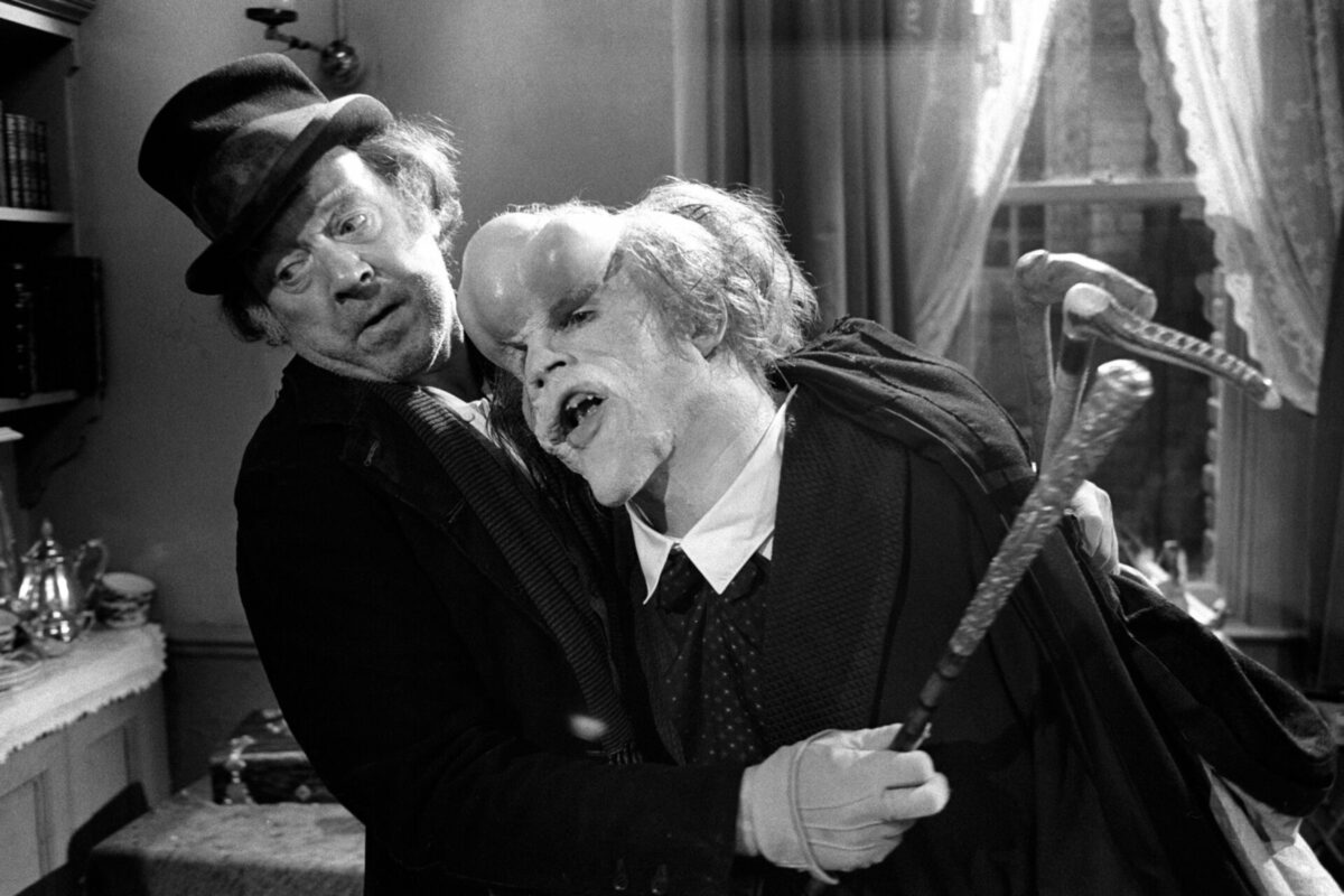
The Elephant Man, 1980

Buy

Gallery:
Bored Ape #2872 that has been taken as a base

Your transaction is in progress

You have connected to the wrong network

Transaction is successful!


